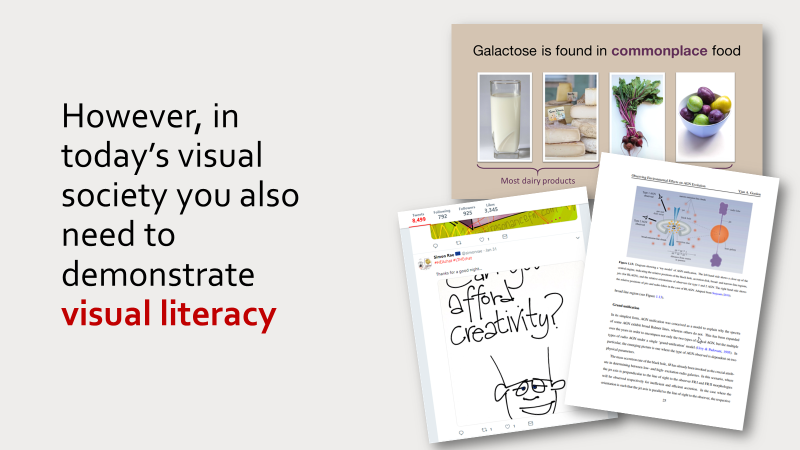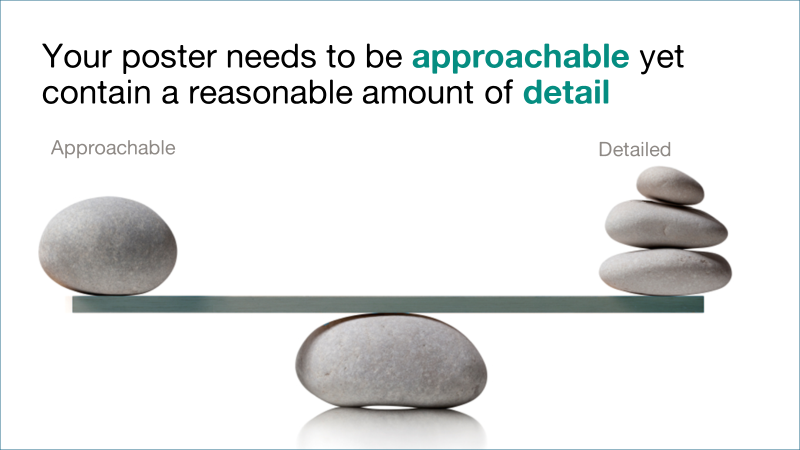Many students panic when they first have to create an assessed presentation. For some this is because they are unfamiliar with the software needed, but for many it is because they are unsure how to structure a presentation and what makes effective slides.
In this post we look at the similarities in structure between presentations and essays – which for many are a more familiar prospect.
Overall structure
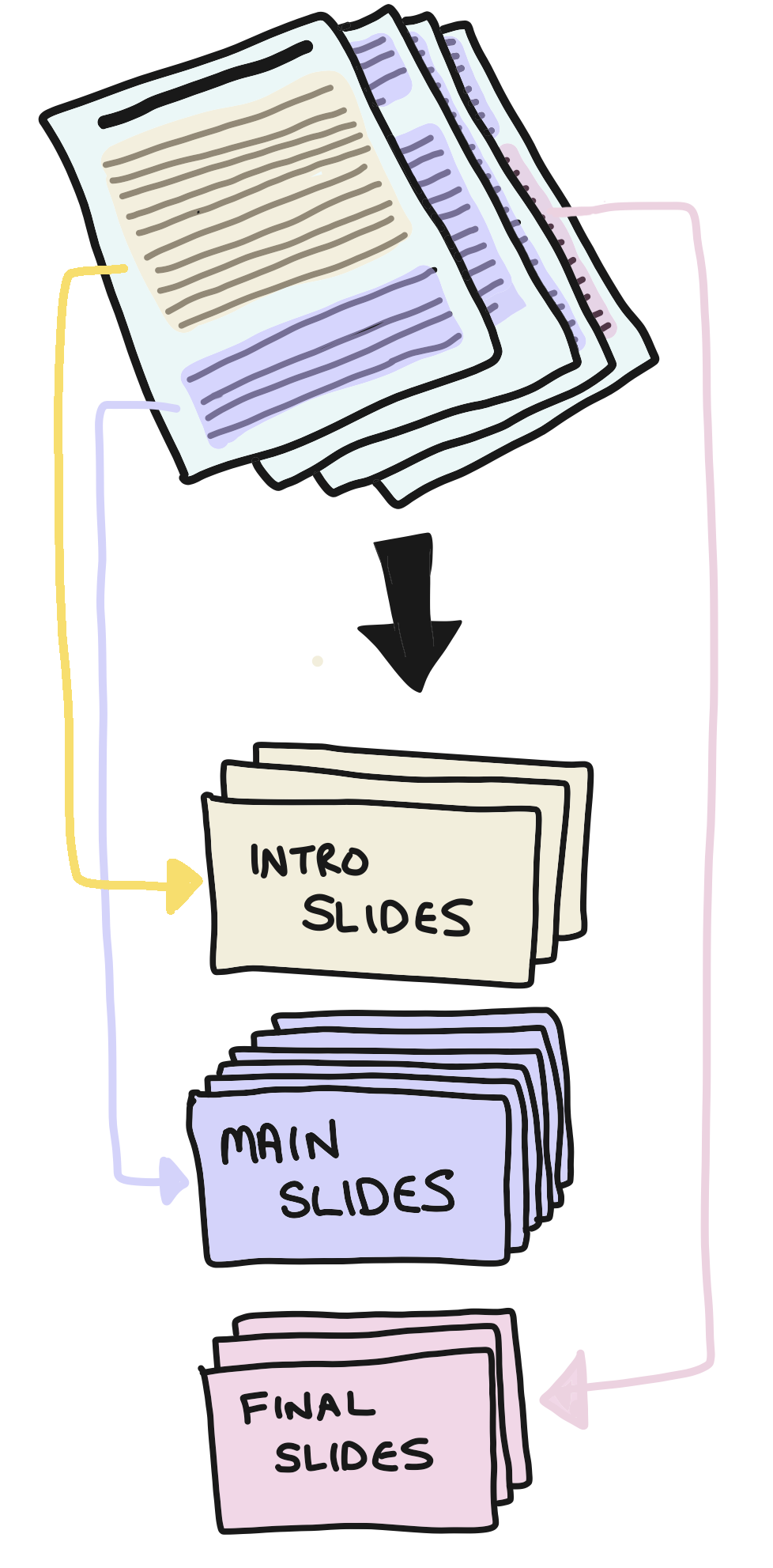
The basic structure of an essay is an introduction, followed by a main body and finishing with a conclusion. Presentations are just the same. Your first few slides should be an introduction, the bulk of your presentation represents the main body and then the final few slides are bringing everything together just like a conclusion.
Presentation introduction
We have already written a blog post all about what goes into an essay introduction so you should see some similarities.
Here is a breakdown of a typical presentation introduction:
- A really well designed title slide that grabs the attention
- A slide that gives the audience the big picture
- A slide that shows what you will be focusing on
- A slide that tells the audience what is to come in your presentation (its structure)
- A slide that uses the word ‘you’ or ‘your’ in the title to connect with the audience

The main difference is the last point mentioned above (this doesn’t have to be the last slide in your introduction by the way, it often works best after the ‘focusing on’ slide). By having a slide that uses the word ‘you’ or ‘your’ in its title you show why the people in front of you should bother paying attention. Unlike an essay, it is a lot more noticeable if they stop doing so and it can really affect your confidence – so you want to do everything you can to maximise their engagement. Here are a couple of examples from my own presentations:
Presentation main body
The slides in the main body of your presentation should take a lesson directly from essay paragraph structure. In essays, we emphasis PEEL structure – Point, Evidence, Explanation and Link. This exact same structure works perfectly for presentation slides:
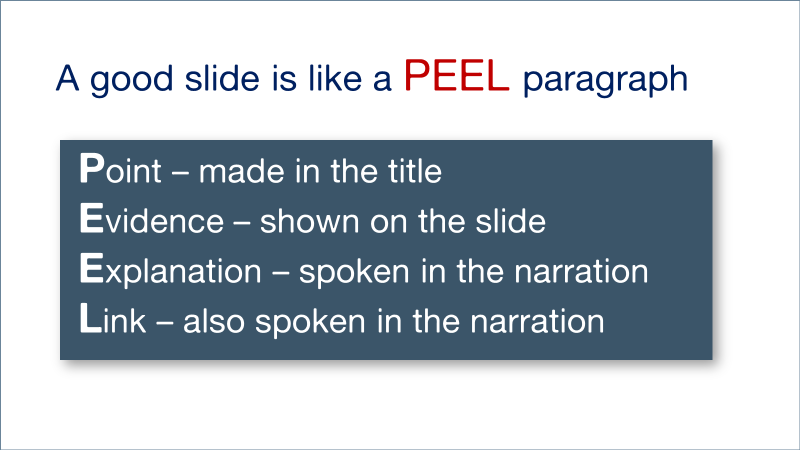
To look at each of these elements in a little more detail:
Making a point
Just like the ‘point’ sentence in an essay paragraph, the heading of every slide should actually assert something – giving information rather than just introducing a topic. Look at the example below:

This title asserts NOTHING 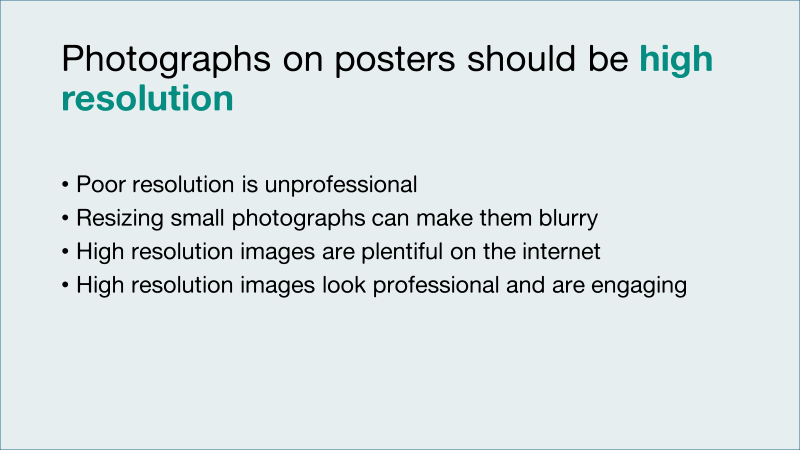
This title makes a clear point
Providing evidence
In an essay, you would normally follow your point by providing evidence from your reading that backs it up. On a slide, it is best if the evidence that supports or illustrates the point is visual because presentations are in essence a form of visual communication. Still working with the slide from the previous example, you can see how this works:
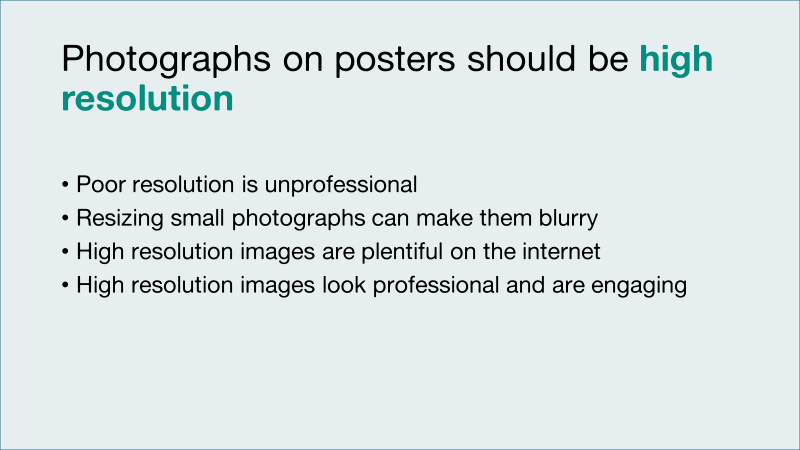
This content provides little evidence 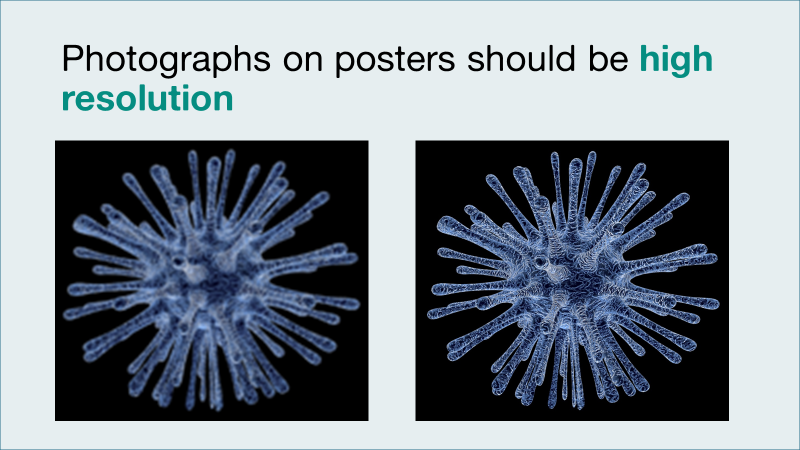
This content supports the point
Explain it to the audience
Detail can go into your verbal narration. For example, the written information on the above slide is not needed on the slide itself because you can verbally give it in the narration.
This is very important, first because it stops you putting too much text and detail on the slide (we don’t need more bullet points!); and secondly, because it is actually impossible to listen and read simultaneously – so by taking the text away, your audience may actually listen to what you are saying.
Your narration is a crucial and integral part of your presentation, just like your critical explanations are essential throughout your essays.
Link it
A good essay paragraph will either end by linking the point back to the essay question or link it to the following paragraph. In the same way, part of your presenatation narration could show why the point of the current slide is important to the presentation as a whole and/or make a link to the next slide.
Presentation conclusions
As with introductions, you can look at our previous blog post on essay conclusions and see similarities with what is here.
You should always reserve the last few slides of your presentation to conclude things satisfactorily. You will need at least:
- one slide that summarises your main points
- one slide that connects your presentation back to the wider topic
- one slide containing the most important point of your presentation
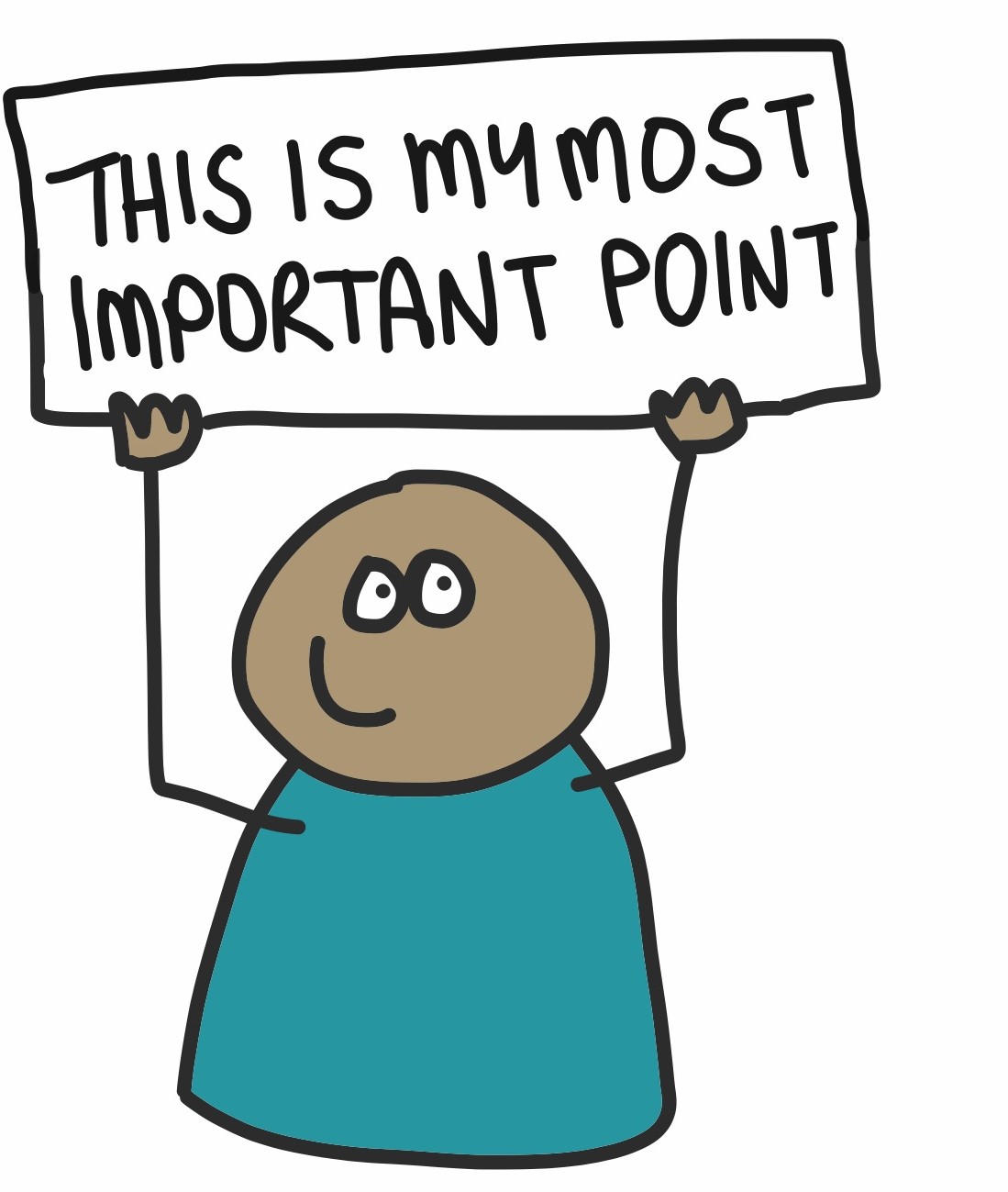
I usually make the ‘most important point’ slide the final one in the presentation. The final slide is on screen as you answer questions so it is searing itself into your audience’s conscience for a long time and should stay with them when you have finished.

Don’t waste your final slide with “Any questions” or “Thanks for listening”. These can just be verbal, they don’t need illustrating and would be a waste of your most important slide.

